It’s an overnight flight home so there’s a full day to get from Kanazawa to Narita airport. We opted for a relaxing mosey out of Kanazawa to be in Tokyo by lunch time, then off to the airport late afternoon. I’m glad we opted to maximise our stay in the regional areas. Dropping back into Tokyo has reminded me that a little space to step back, observe, and absorb the activities around me is much more energising.
We’d had plans to leave our bags in a locker at Tokyo station, the key connection point to Narita airport. All of a sudden it’s a foreigner free for all and Japanese order goes out the window with this process! Eventually we gave up and took our bags with us through the city. Thank goodness for carry on only and smooth city streets…
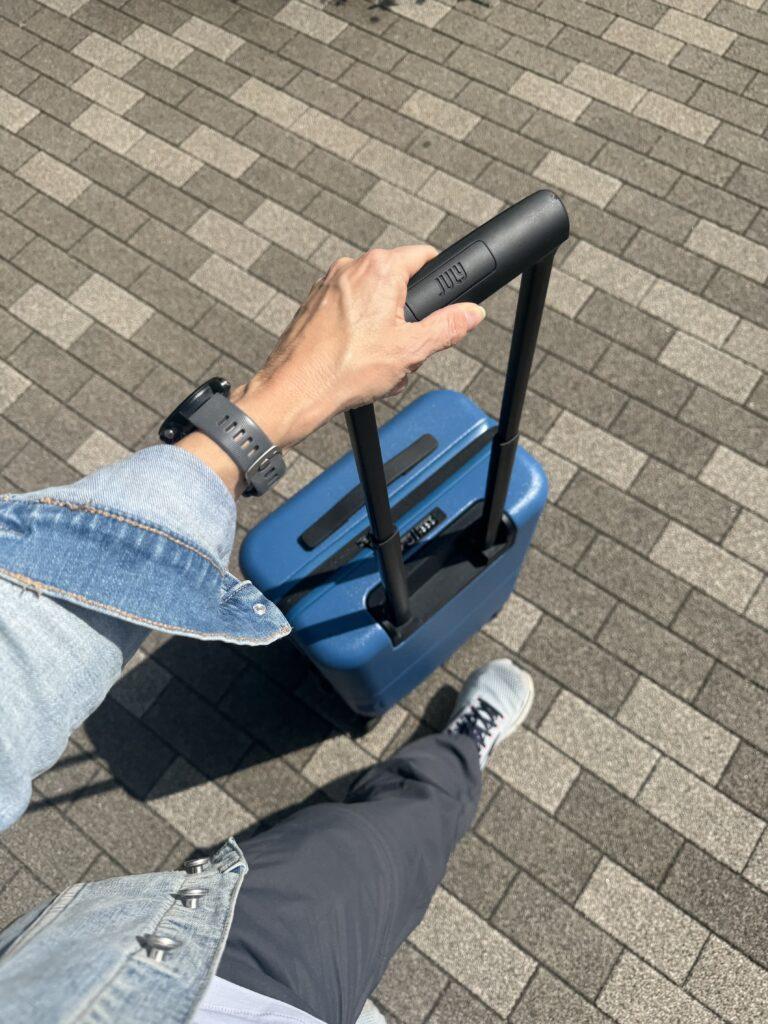
It’s been an amazing trip with so many learnings and insights into Japan and its culture. It’s so clear what influences their behaviour and how that behaviour shapes the society around them… a never ending cycle.
It’s been interesting to see school children on excursions and going about their day-to-day. These leaders of the future have the same calm respectful demeanour as the adults around them, with very little sign of the rebellious teenagers that we see at home.
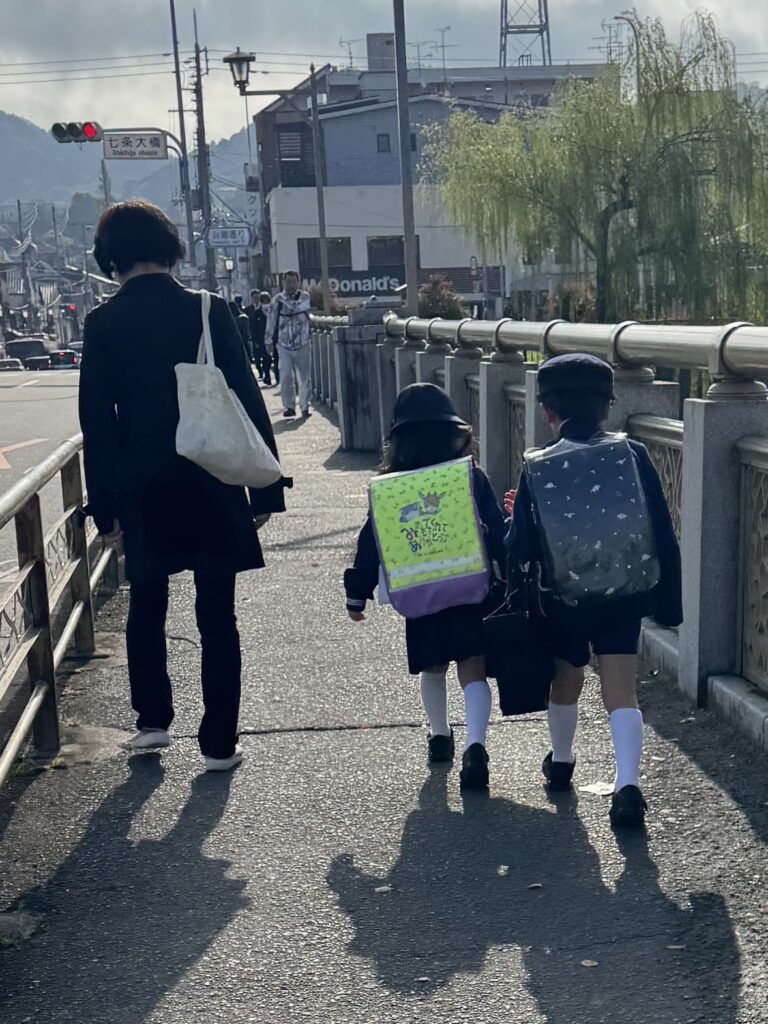
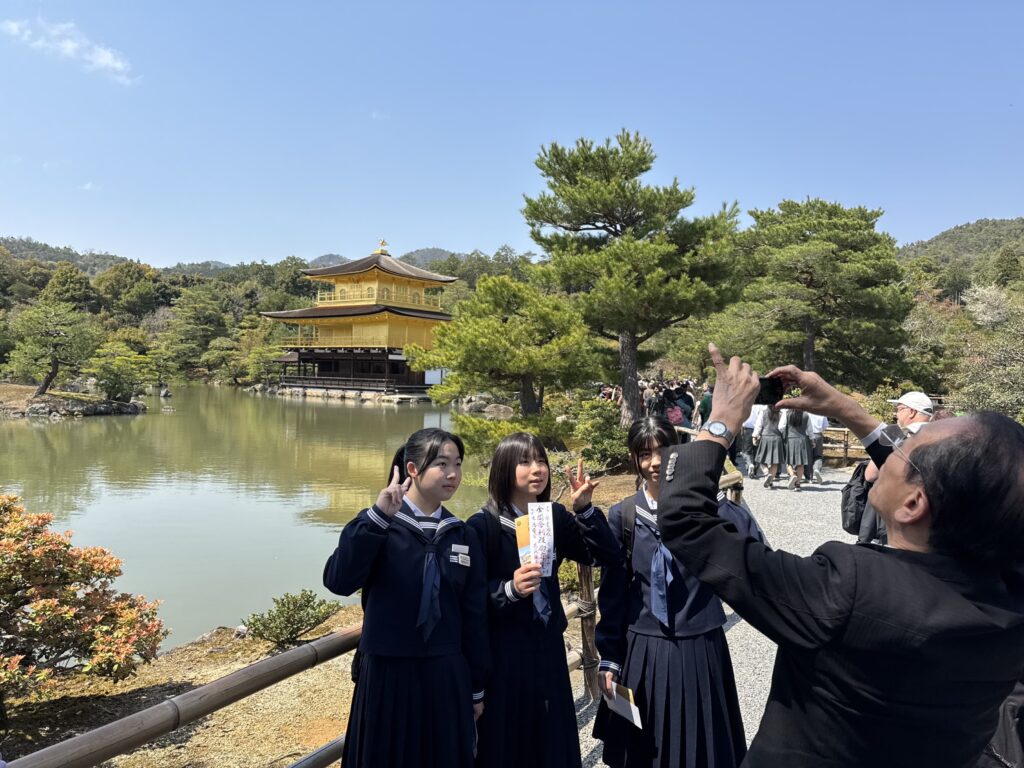
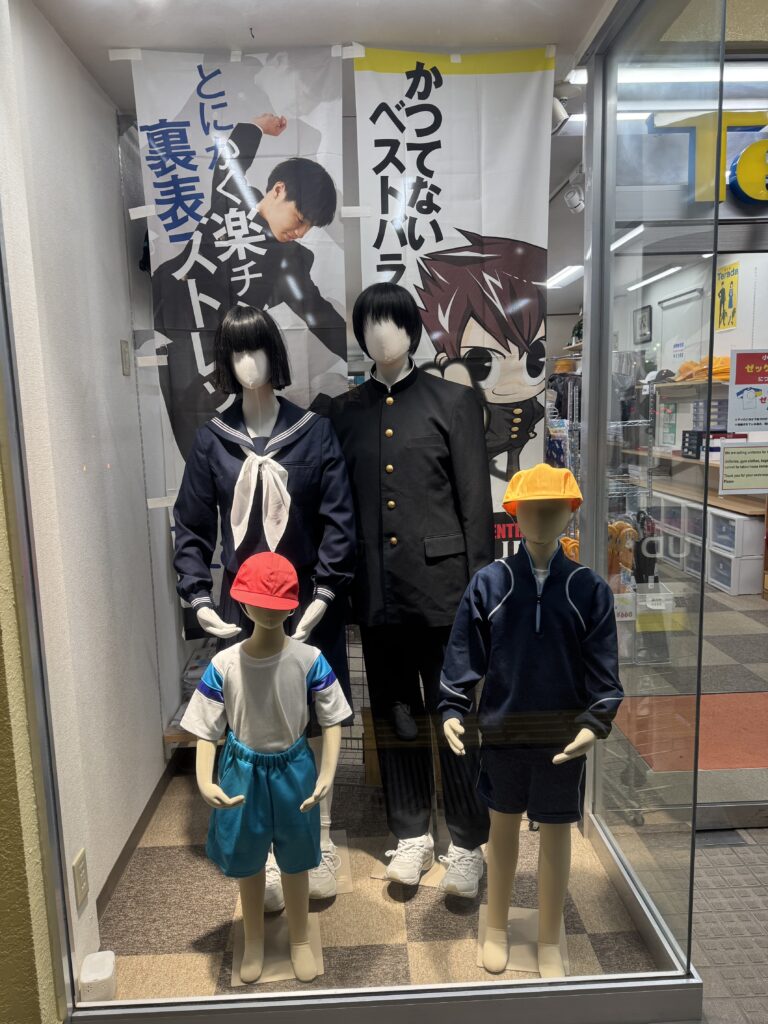
Waste has also been a big topic of conversation throughout the trip. It provides so many insights into respect, work, and views on climate. In Japan, its been an interesting combo of large volumes of waste produced conflicting with physical attempts to reduce consumption (note the second toilet roll isn’t unwrapped!), and then high levels of communication about waste issues and efficient waste management. The sign explains that this hotel chain produces waste to a greater height than Mt Fuji every 2 weeks… so it won’t be in your room, it’ll be a free for all in the lobby!
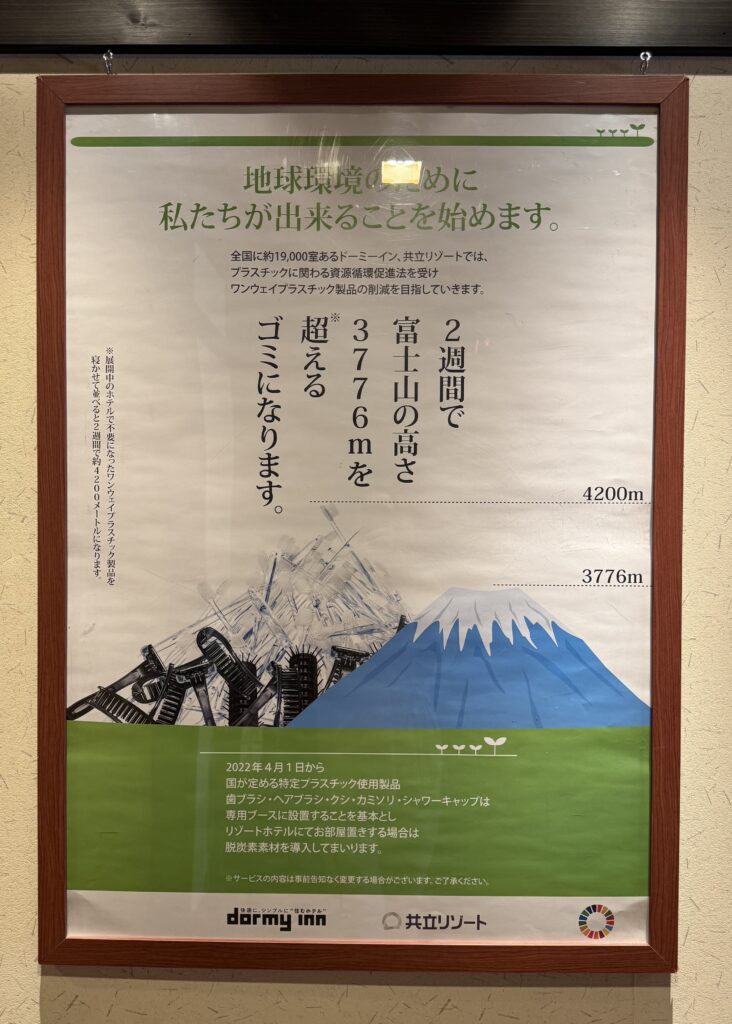
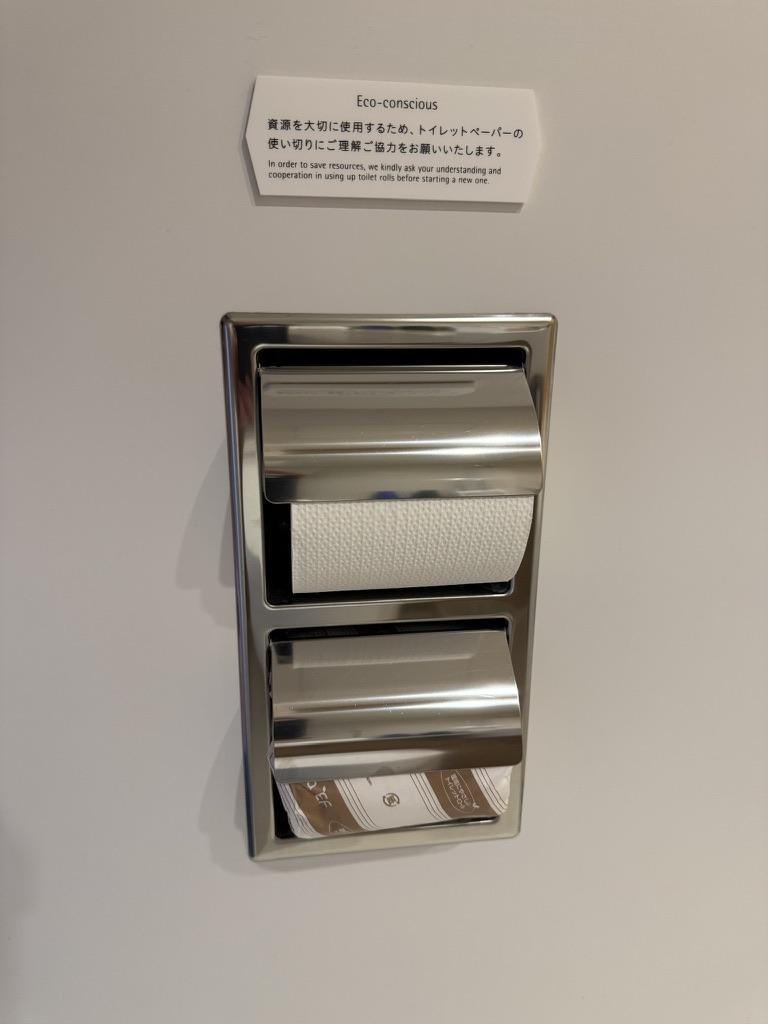
We’ve chuckled about signage and the way things work… sometimes for translation, other times just for the quirkiness of a different culture.
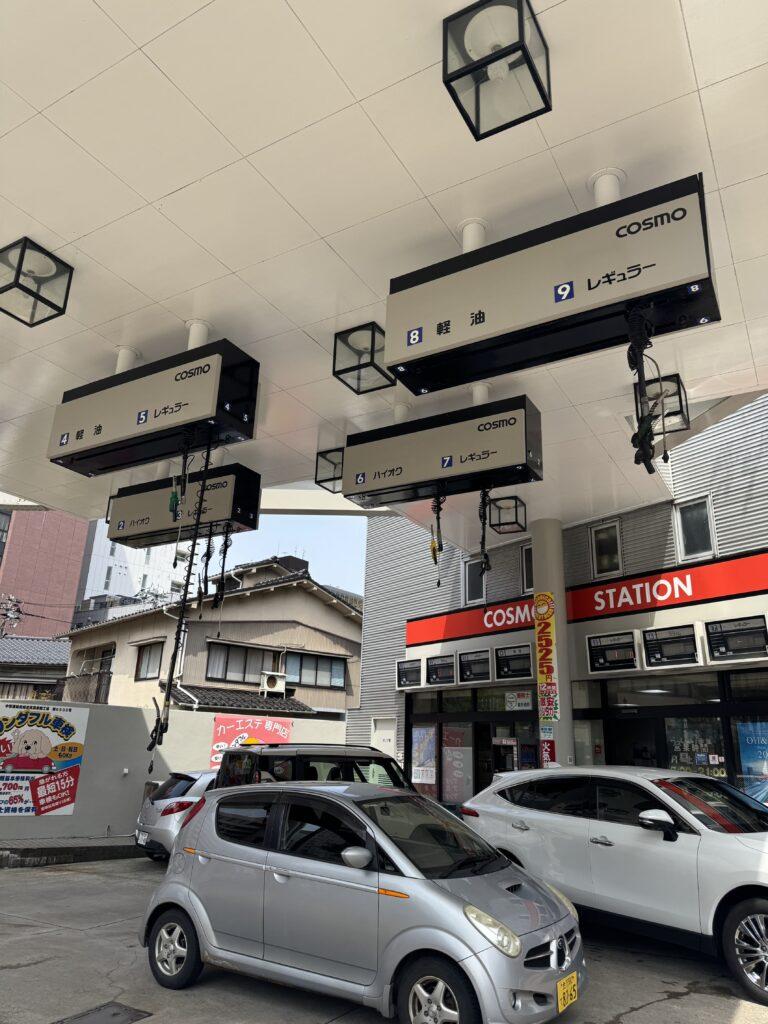
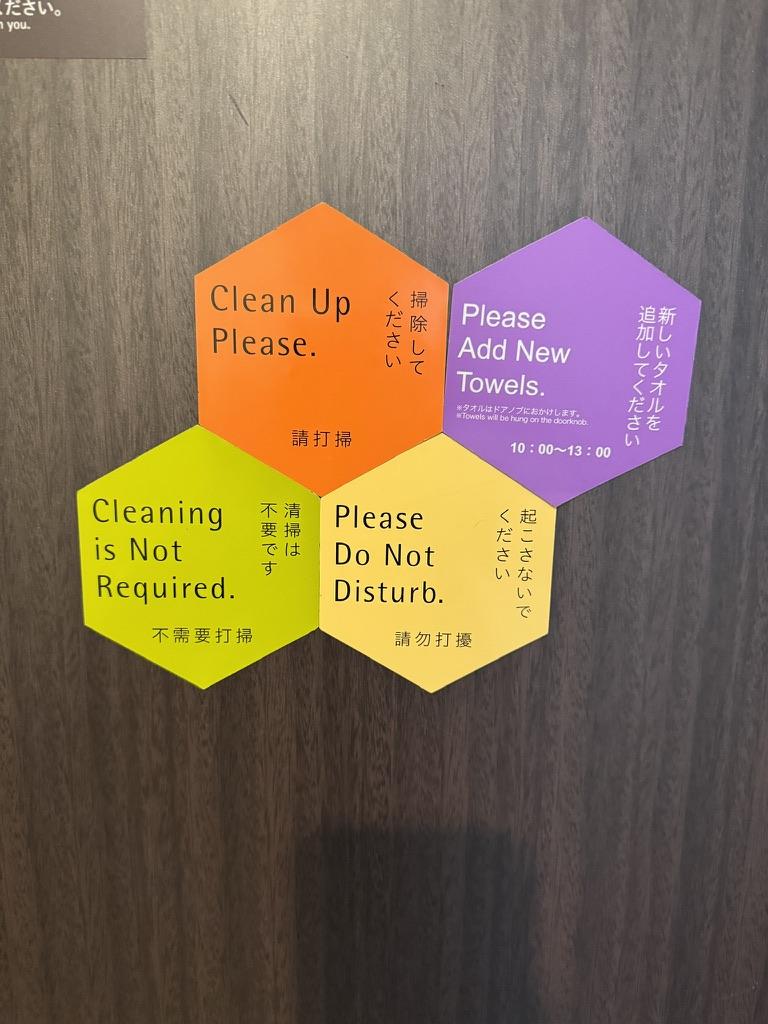
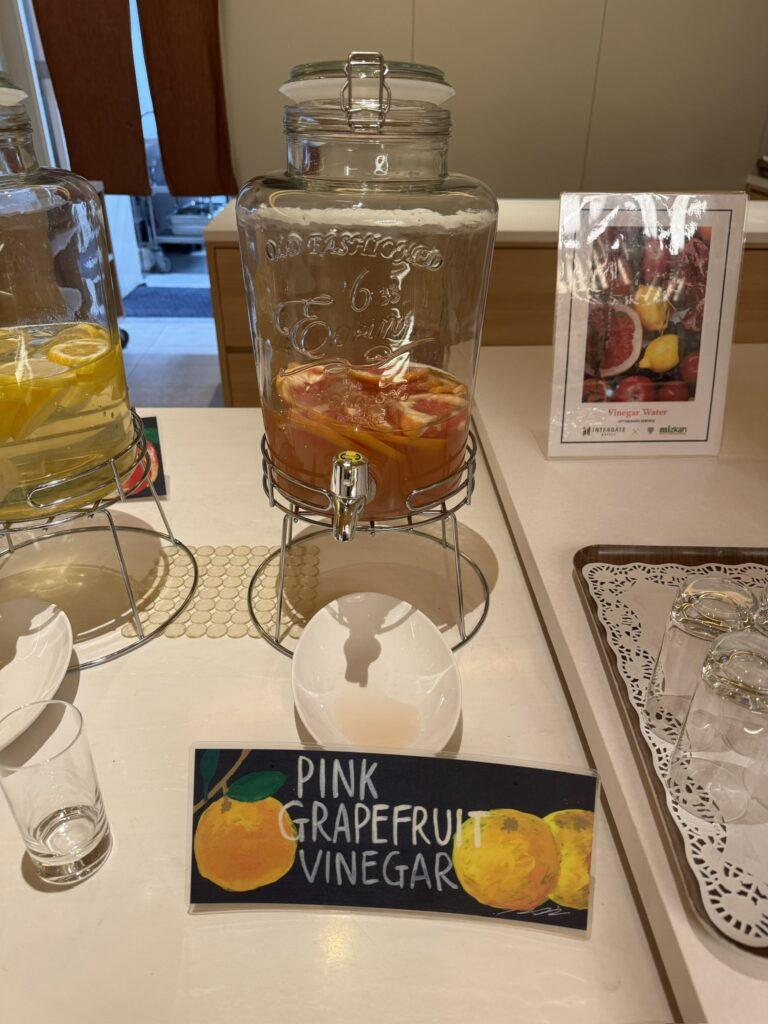

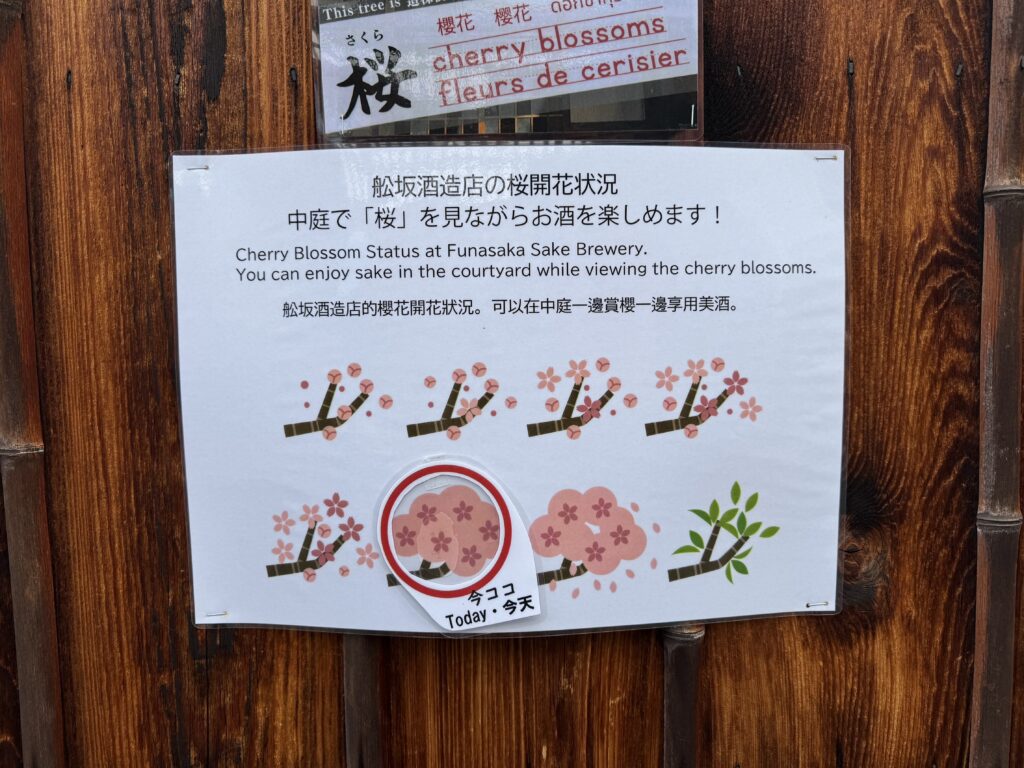
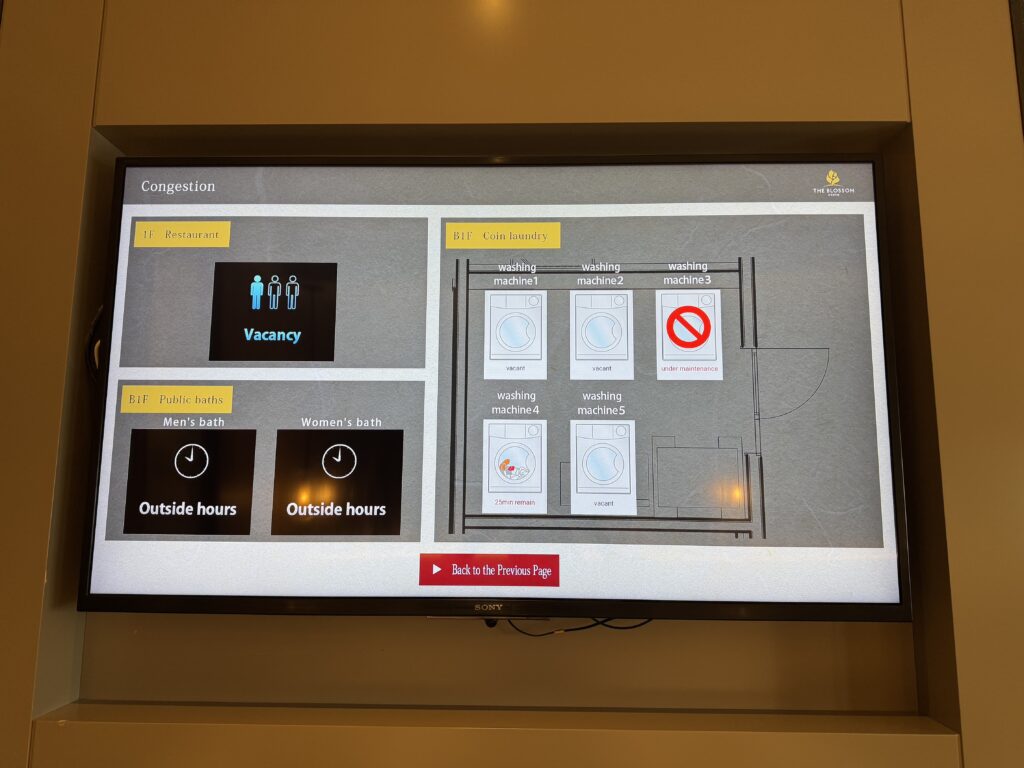
We’ve had so many seamless train journeys thanks to a combination of google, great comprehensive and focused signage, and a little Japanese. It all makes sense once you’re at the station.
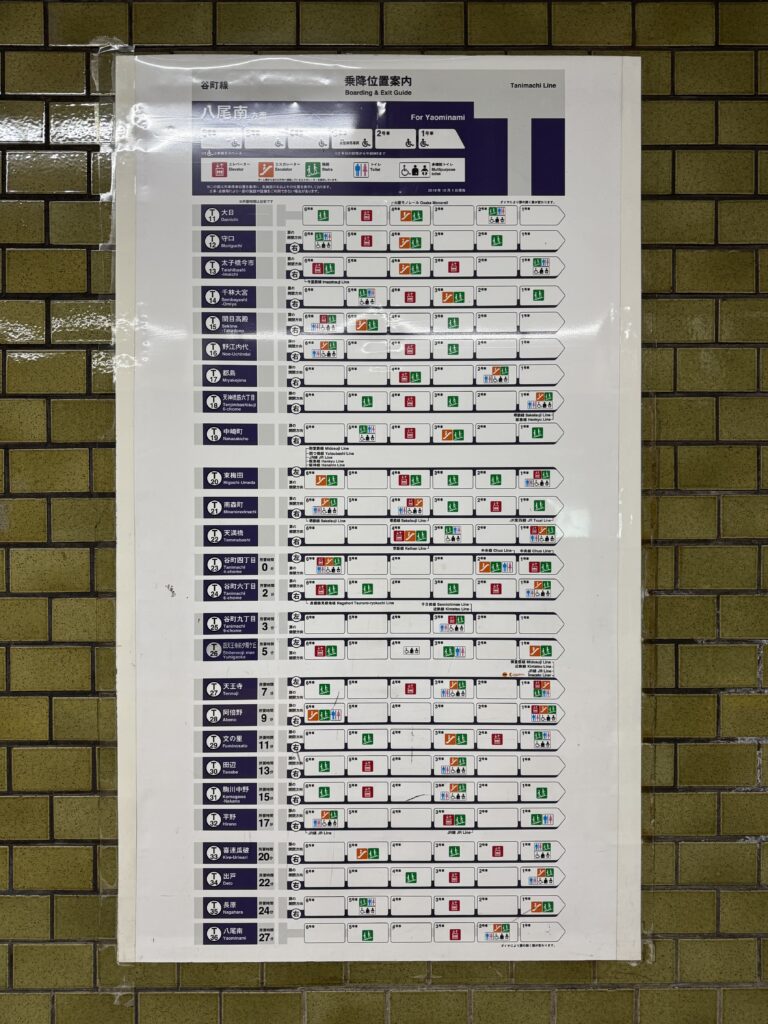
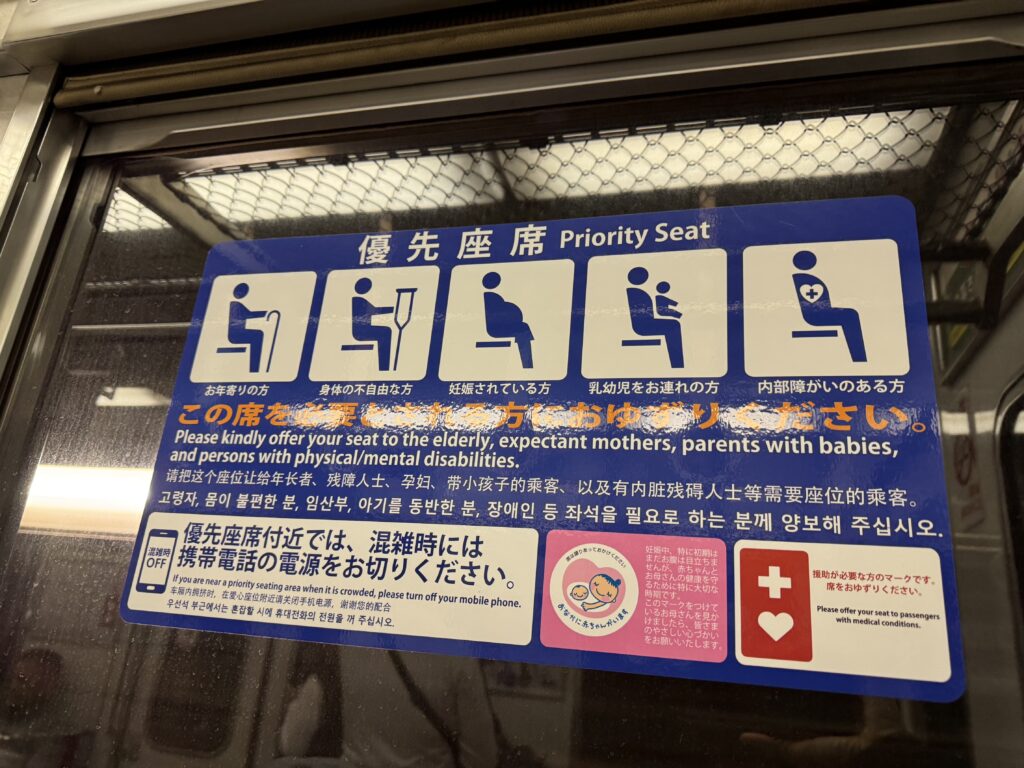
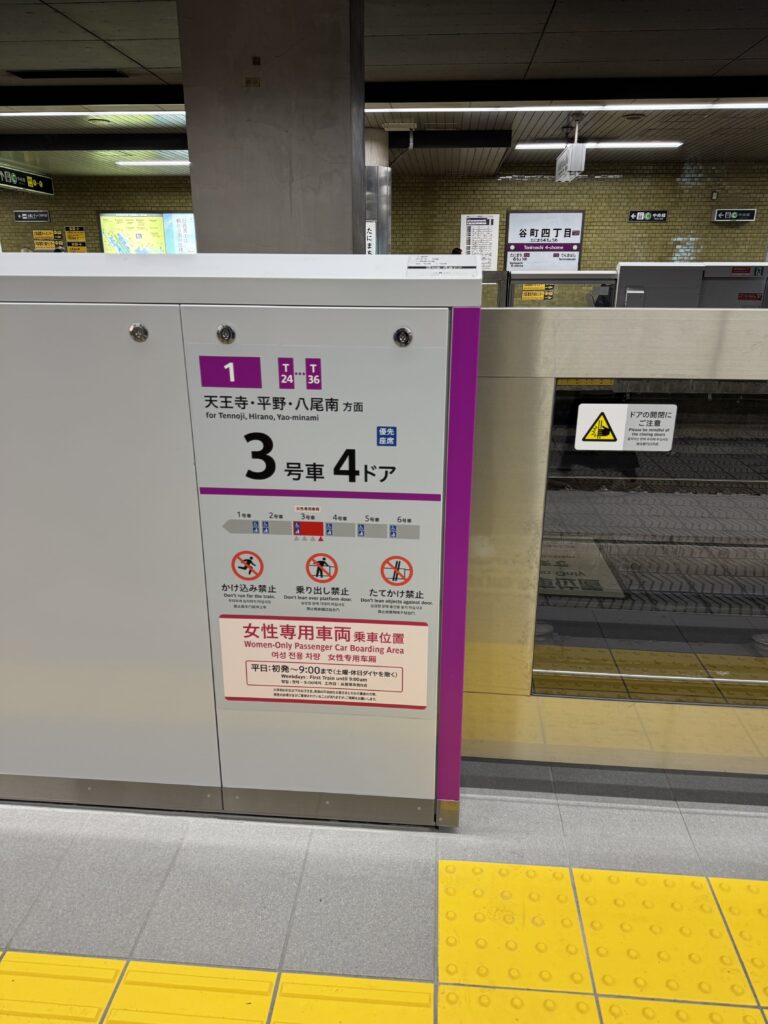
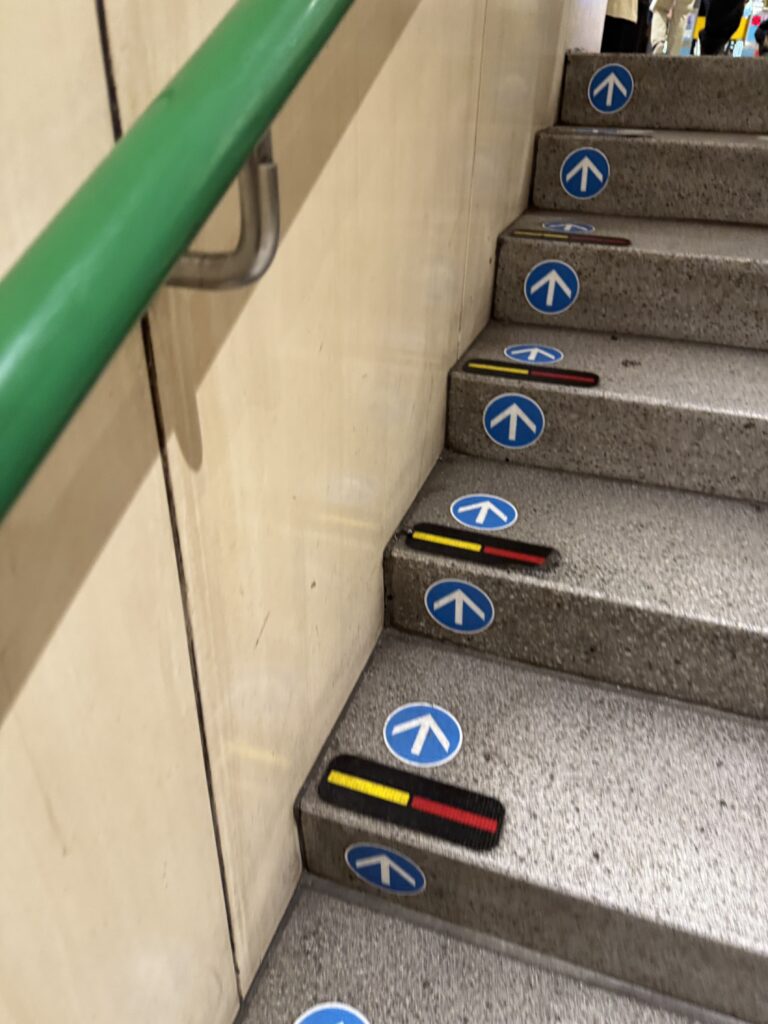
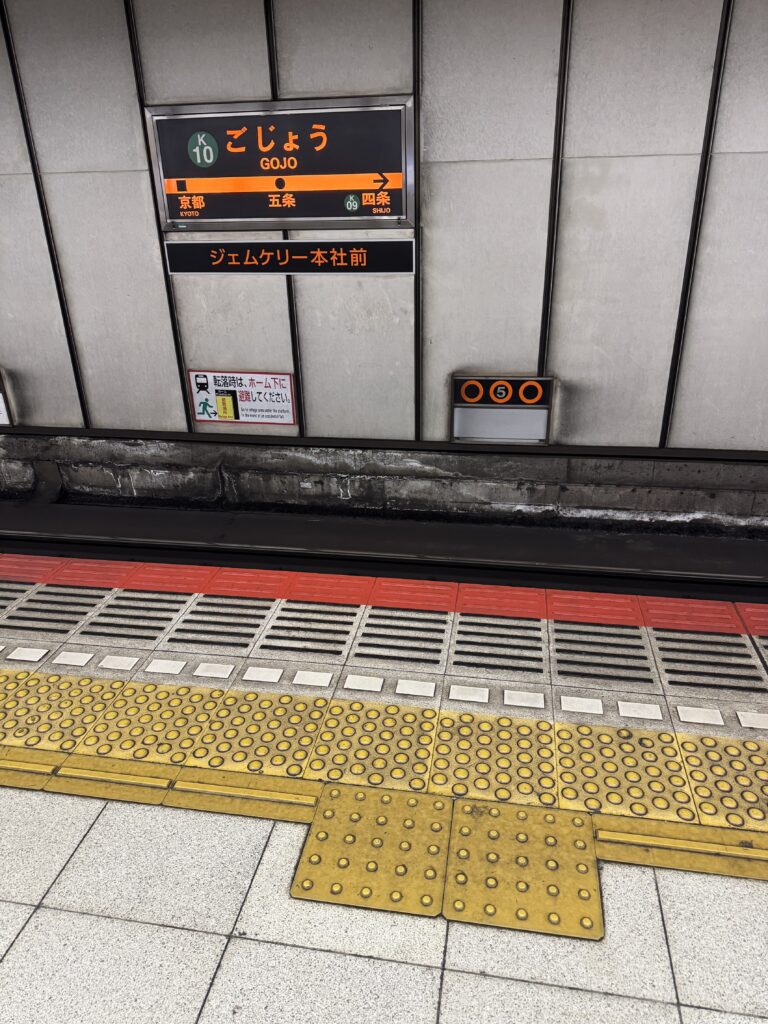
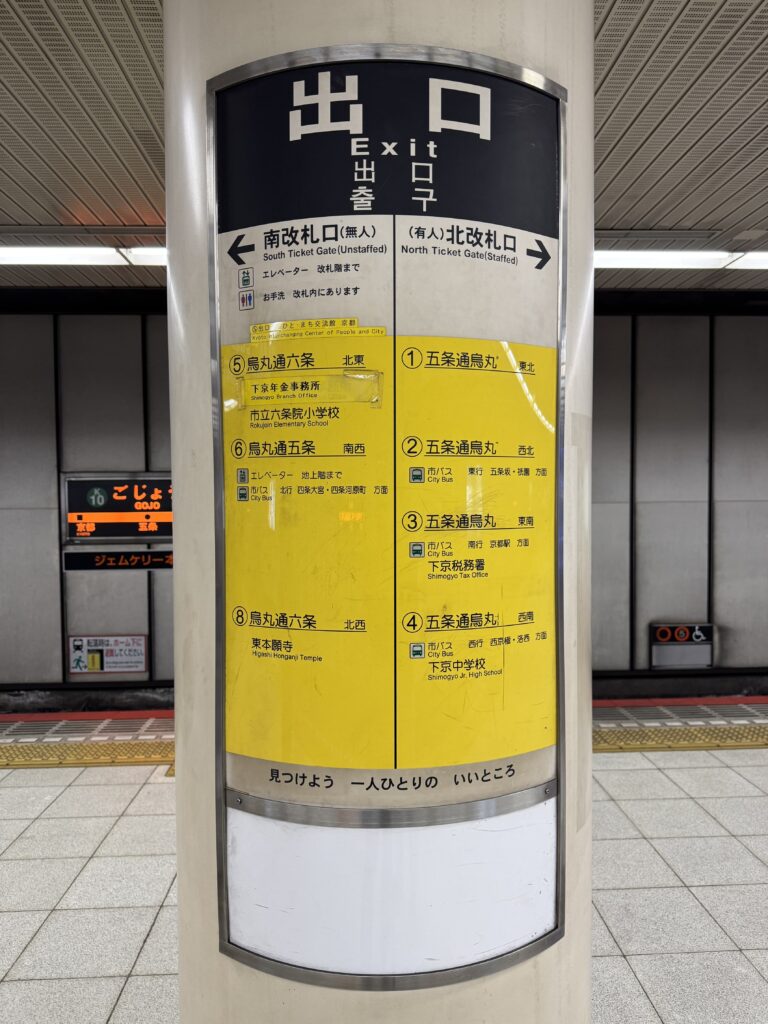
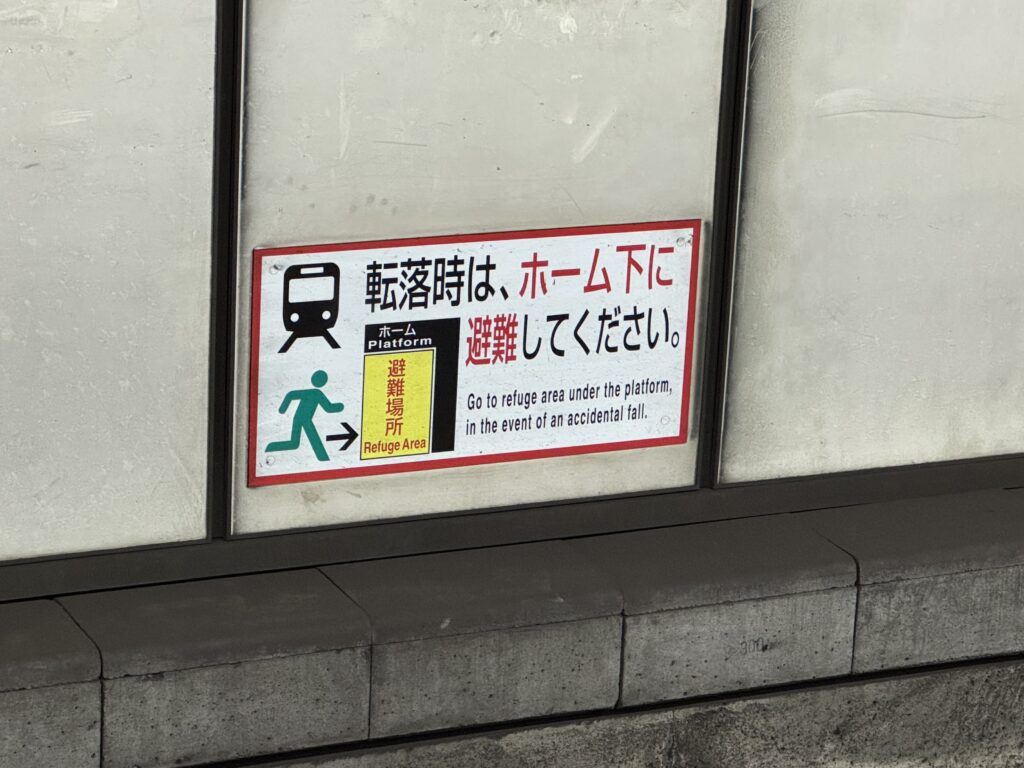
Having said that, trying to plan the night before can be quite a challenge – train options appear and disappear; express v limited express v local trains haven’t been easy to identify; reserved & non-reserved options are hard to decipher. I suspect that this is the difference of an experienced user knowing the key questions to ask, and understanding the frequency of the system.
Ticketing has tripped us up a few times. The Suica card does everything… until it doesn’t. We unwittingly swiped on in Kyoto, only to find that the Takayama/Kanazawa areas aren’t part of the network. It created quite a process to unravel at the end of our trip. Then there was the ticketing to Narita airport where we watched every tourist finish their trip lost and confused about prices, tickets, and the role of the Suica card.
There have been a lot of conversations about Toyota. Their production system, revered for many years, has a core concept of ‘haijuken’ which means leveling. It seems to be both a cause and effect that explains so much about Japanese systems and culture. Everything flows evenly without major spikes or troughs. This builds a beautifully calm and respectful community, and also brings unintended consequences.
This efficiency would also stifle innovation. We’ve watched Toyota and other Japanese companies get left behind, seemingly reluctant to be bold in a global environment that demands it. As Australians we love the feeling of calm change for a short period of time, but realistically we don’t like to be told what to do and play by the rules. This has been ingrained in us.
I definitely think we need to be more accepting and understanding of the heritage of those around us, and how that shapes behaviour… for Japanese people, appreciating their reflection, giving them permission to explore, challenge and fail is critical.
It’s been a great trip and without question, some of the greatest highlights have come through experiences with food, the natural environment and cherry blossoms. The duolingo project will continue as I quietly suspect we’ll be back…
ありがとうございます😊
Love M & A xx
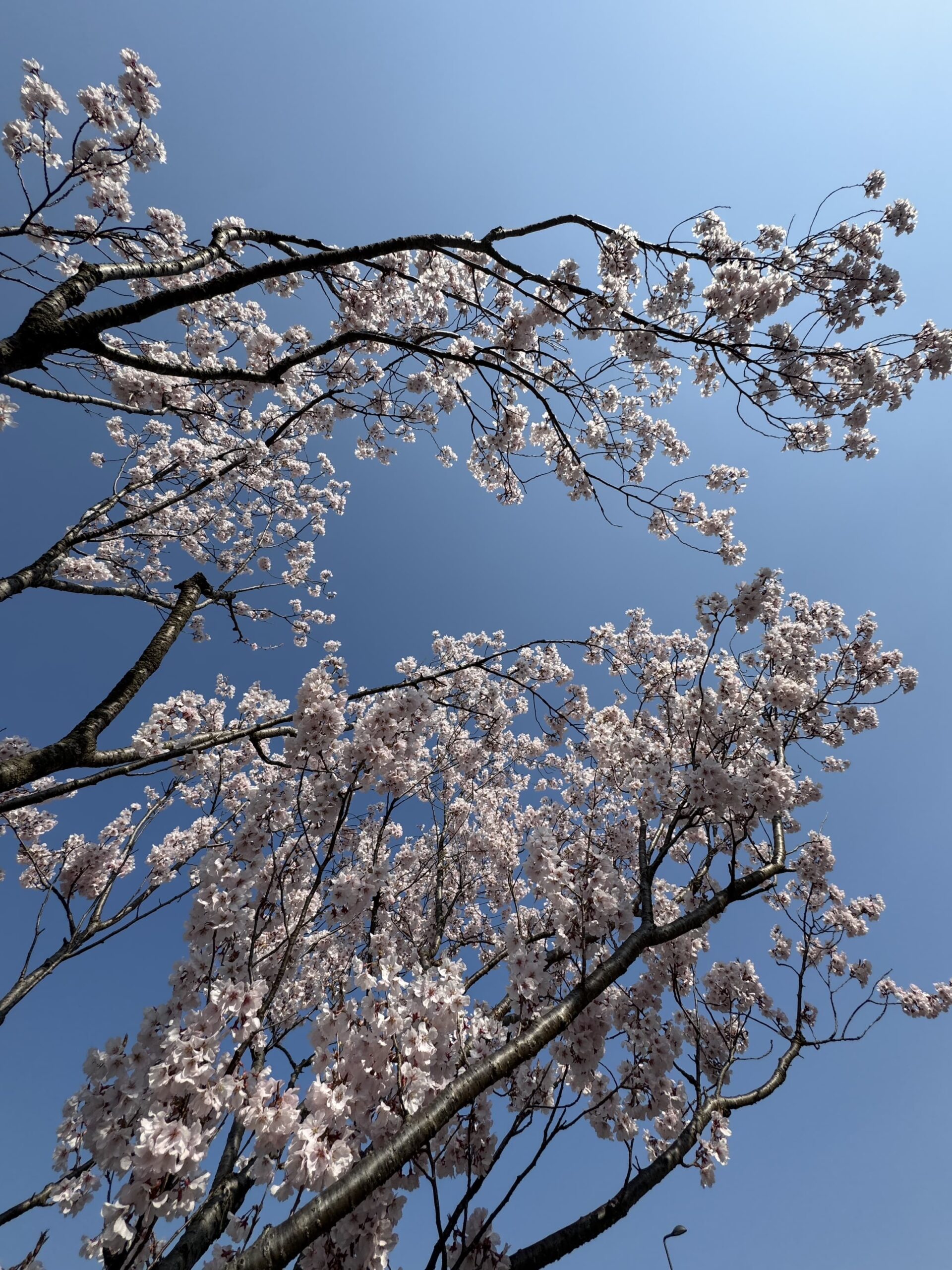
Comments are closed